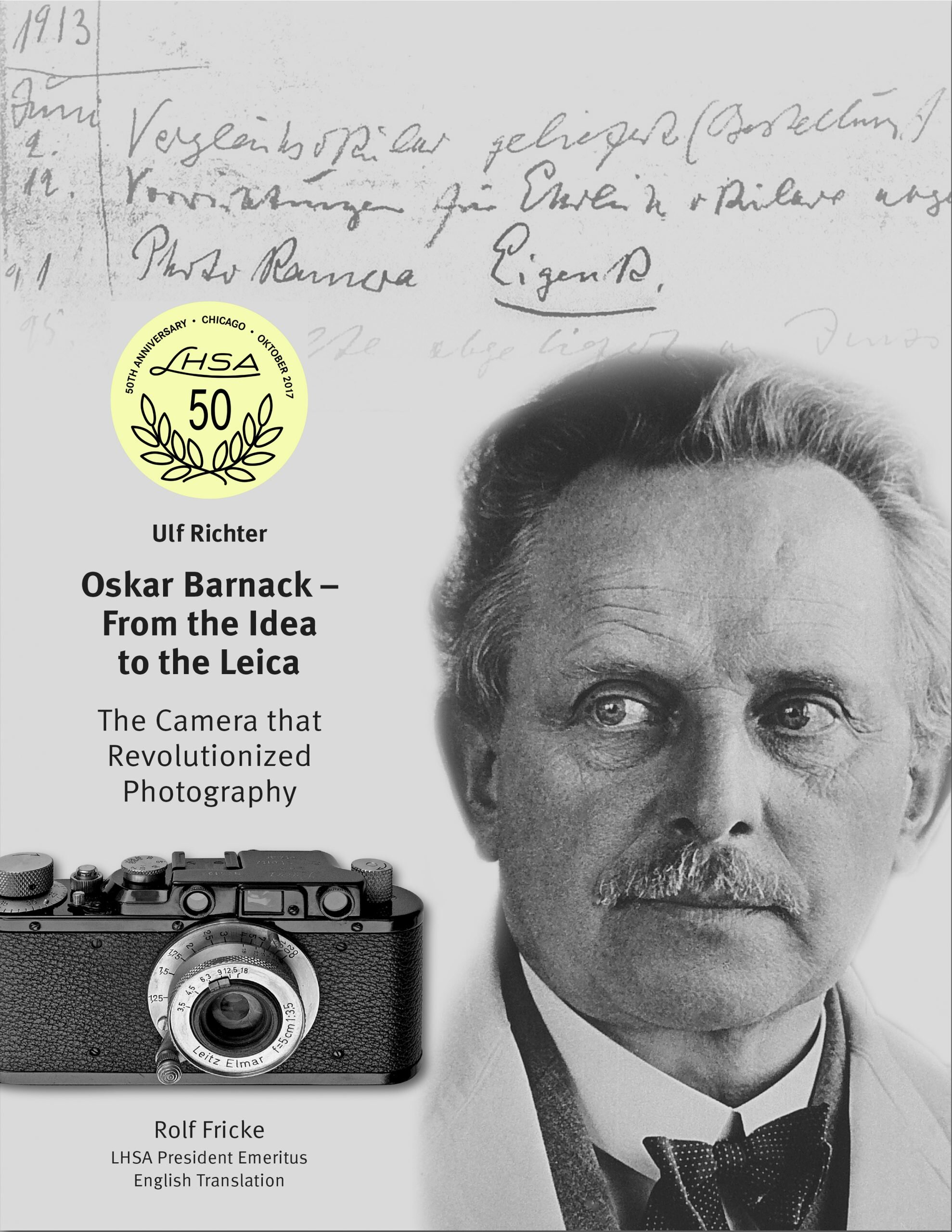Oskar Barnack: From the Idea to the Leica - My View
This historical significance and impact Oskar Barnack had on photography cannot be underestimated! Not only was he instrumental in producing the Leica camera; he also had a profound impact on the film industry. This book walks you through this critical time in photographic history.
My fascination with this book has to do with the descriptions of two critical elements of the design of this new small camera: the development of a high-quality lens and the achievement of a camera that was daylight-loadable.
None of the still cameras in the early 1900’s had lenses capable of projecting a high- quality image onto 35mm movie film. Movie cameras using 35mm film during those early days did not need a very high-resolution lens to achieve satisfactory results for the projection of movies. With a basic understanding of how the human eye views images and an understanding of the graininess of movie films at the time, Barnack and the lens designer, Max Berek, developed a requirement that the camera lens needed to provide a high-quality image of at least a 10x enlargement to be satisfactory.
This led to the performance and design requirements for the first Anastigmat lens mounted on the prototype camera. With this design process came the need to develop the most appropriate image size and format to be used on the 35mm film, ultimately resulting in the 24mm x 36mm film format in use today. This aspect ratio, 2:3, lives on in the digital sensors of today. The APS-C, APS-H, and FX sensors all use this ratio of pixel height to width. Today the Leica CL uses APS-C, the M8 uses APS-H, and all later digital M, SL and S models use this aspect ratio with their sensors.
Barnack correctly saw the need for a daylight-loadable camera. To achieve this capability, his new camera needed a light-tight cassette in which to load film. Like many aspects of his new camera, such as the shutter, the body housing, film transport, etc., Barnack and his team had to come up with yet another invention to handle the film: a 35mm cassette, which had to be loaded with film in darkness, but most importantly, could be loaded into the camera in daylight.
In a detailed and fascinating way, this book takes the reader through all these events and then traces the progression of the Leica cameras from the Ur-Leica onward. Without a doubt, if you are at all interested in photography, this book is well worth the time spent reading it!


